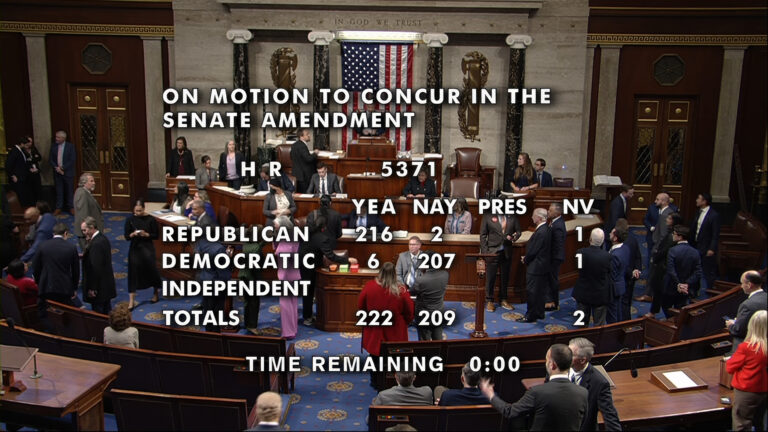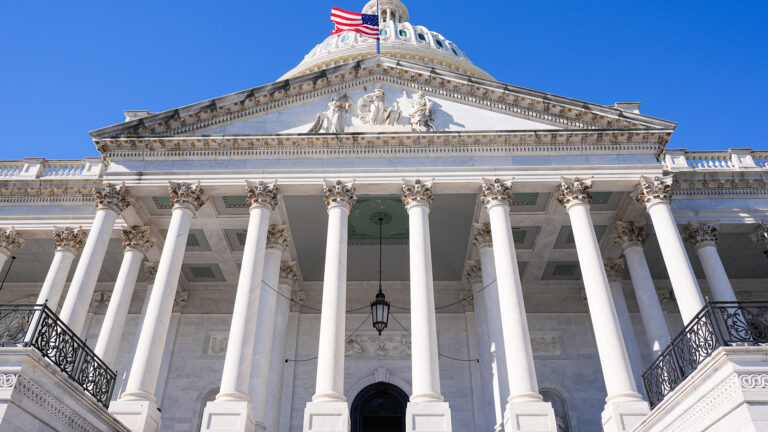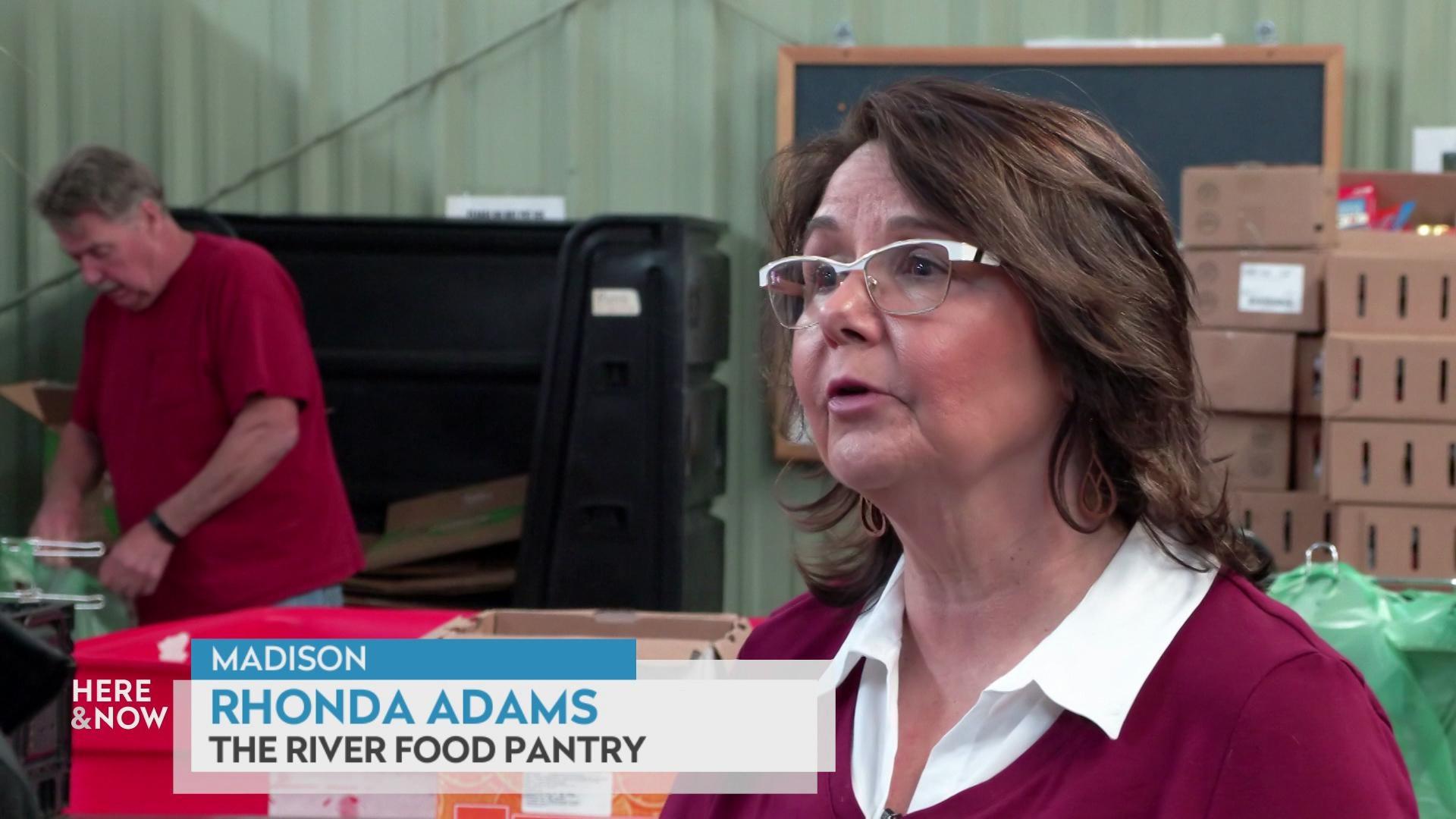Frederica Freyberg:
At the same time, Milwaukee is working on implementing its own face mask requirement. Health secretary-designee Andrea Palm is helping manage the coronavirus response in Wisconsin, as we experience the biggest surge to date. And Andrea Palm joins us this week. Thanks very much for doing so.
Andrea Palm:
Thanks for having me.
Frederica Freyberg:
So reporting this week showed that Wisconsin’s COVID-19 reproduction rate is the worst in the nation. What should we make of that?
Andrea Palm:
So I think we — we have had the good fortune here in Wisconsin of watching, both now and when it first arrived here in the states, other states who have been sort of on the leading edge of this, and so I think as we see our reproduction number and our surge happening here in Wisconsin, we need to take note of what we’re seeing around the country and do what we need to do as a state to pull back together to stop the spread, to reduce our surge from becoming worse so that we don’t get ourselves in a place where we look like some of our neighboring and other states around the country.
Frederica Freyberg:
So our numbers have doubled in the past six weeks. What have contact tracers been able to show you and other public health officials about where those cases are coming from?
Andrea Palm:
So I think there’s a couple of things worth noting in the data we’re seeing from our contact tracers. One is what we’re seeing here and around the country is that there is a large uptick in our 20-somethings who are becoming infected with COVID-19. And then, secondly, our surge is also being driven by mass gatherings, by, you know, everything from BBQs and bars and restaurants and other types of events where people are not social distancing, not wearing masks and are in large groups that help reduce our ability to really do good contact tracing, get to the root of it and stop the spread.
Frederica Freyberg:
So mass gatherings like over the 4th of July, for example, where we saw large crowds in the Wisconsin Dells at the waterparks, when will any positive cases from last weekend’s kind of mass gatherings show up?
Andrea Palm:
You know, so as we’ve learned many things throughout this pandemic, one of the things we know about this virus is symptom onset is anywhere from a few days to 14 days, and so we certainly could start to see cases from mass gatherings that happened over the weekend, you know, late this week, but what I think is most important is that folks who were at mass gatherings should take the steps to protect themselves, to protect others, self-isolate, monitor for symptoms, get a test, talk to your health care provider if you have even the mildest symptoms. But make sure if you were at a gathering that you take the necessary steps to protect yourself and those in your community from the spread of COVID-19.
Frederica Freyberg:
Have we seen evidence that any of the mass gatherings by way of racial justice protests caused an increase in cases?
Andrea Palm:
So, as you know, one of the things you get in a contact tracing interview is information about where people have been. And so mass gatherings, as I mentioned, is a driver in our surge right now. But the bulk of what we’re seeing in our data is not from those who participated in protests, but in other types of mass gatherings, house parties, bars, restaurants, places where there wasn’t good social distancing and mask-wearing. But the protests particularly are not coming up in great numbers in the data we’re getting from contact tracers.
Frederica Freyberg:
As you well know, Governor Evers just imposed a mask mandate for state employees inside state buildings, and he will not reopen state buildings as planned. Would you, if you could, impose a mask mandate statewide?
Andrea Palm:
So I think the thing about masks, you know, there are a couple of things I would say. One, the evidence around the use the masks and their effectiveness as a tool to stop the spread has really developed over the last couple of months. And so we absolutely are strongly encouraging folks around Wisconsin to pitch in and wear a mask and help stop the spread. I think as it relates to state employees, again, we are trying to lead by example, to walk the walk and to be part of a solution statewide as we work with local public health and the tools that they have to help reduce the spread through orders and ordinances, et cetera, that they are all working to do around the state. And we are trying to be partners with them in that effort.
Frederica Freyberg:
Meanwhile, as you also well know, two-thirds of Wisconsin counties are in the high transmission category right now. What in your expert opinion would be the threshold for a declaration of a new statewide emergency?
Andrea Palm:
So this dashboard was intended really to help provide some of that kind of information to locals as they try to understand what’s happening on the ground in their communities, right? It’s about disease activity, the trajectory that that disease is going, is it getting better, have we not seen a significant change, is it getting worse. It really helps you understand directionally whether the things we are doing on the ground that local public health and their local elected, whether it’s helping us move in the right direction. And so we would want to look at all that kind of information, hospital capacity, how are they doing, what’s their ICU, how are they looking, to make decisions like that moving forward. But, right, this is the day-to-day kind of thing in real-time that we need to be working very closely with local public health to do.
Frederica Freyberg:
All right. We need to leave it there. Thank you for joining us and thank for your work, Secretary-designee Andrea Palm.
Andrea Palm:
Thank you so much.
Search Episodes
News Stories from PBS Wisconsin

Donate to sign up. Activate and sign in to Passport. It's that easy to help PBS Wisconsin serve your community through media that educates, inspires, and entertains.
Make your membership gift today
Only for new users: Activate Passport using your code or email address
Already a member?
Look up my account
Need some help? Go to FAQ or visit PBS Passport Help
Need help accessing PBS Wisconsin anywhere?

Online Access | Platform & Device Access | Cable or Satellite Access | Over-The-Air Access
Visit Access Guide
Need help accessing PBS Wisconsin anywhere?

Visit Our
Live TV Access Guide
Online AccessPlatform & Device Access
Cable or Satellite Access
Over-The-Air Access
Visit Access Guide
 Passport
Passport


















Follow Us